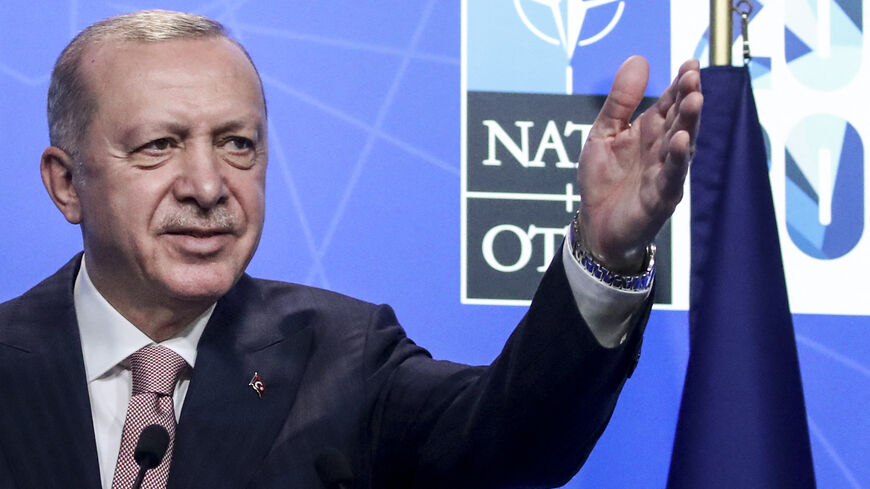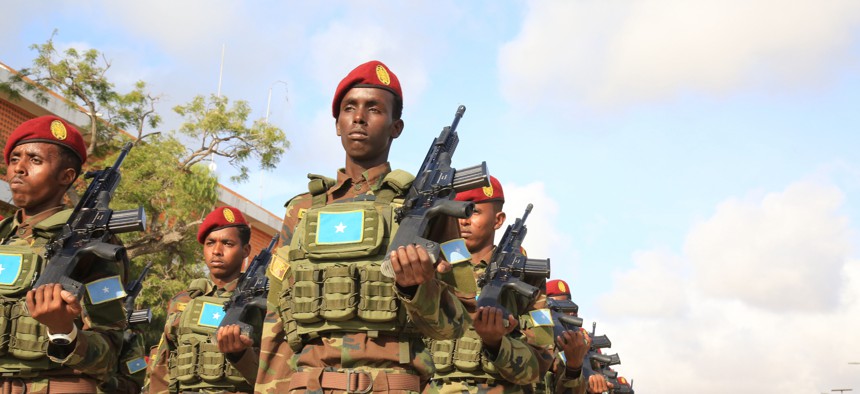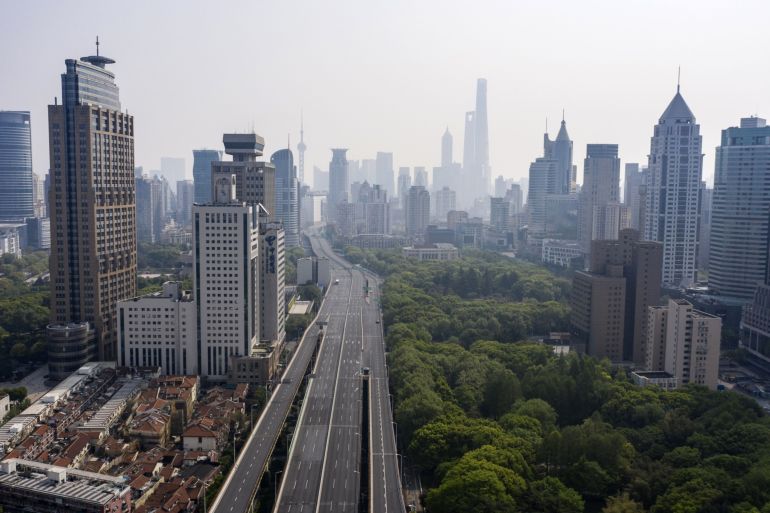Commander Joshua Menks, U.S. Navy, and Michael B. Petersen
Russia’s war in Ukraine has once again piqued interest in Moscow’s military, including its navy. While there has been no significant naval combat, and the Russian Federation Navy (RFN) has not played a central role outside of a handful of actions, the RFN has played a crucial strategic deterrence role against NATO during the current conflict. At the center of this strategic deterrence mission is a military philosophy that emphasizes long-range precision strikes against critical targets on land. This is a role the RFN has long prepared for, but it has received only limited attention.
Russia military watchers have written extensively about antiaccess/area-denial (A2/AD) and bastion defense.1 While this work has been welcome and undergone a positive evolution over time, as Western understanding of Russian thinking on these concepts has improved, it also tends to prejudice the defensive aspects of Russian warfighting.2 Only recently have Western observers begun exploring the more offensive (or “active defensive”) aspects of 21st-century Russian warfighting at the tactical, operational, and strategic levels of war.3 Russian writers have long believed in the importance of conventional precision-guided munitions in offensive operations, but deployment of these weapons over the past ten years has sharpened and increased the role of naval forces in the Russian strategic construct. This offensive role for naval forces remains underexamined by Western observers and is especially important considering Russia’s invasion of Ukraine.

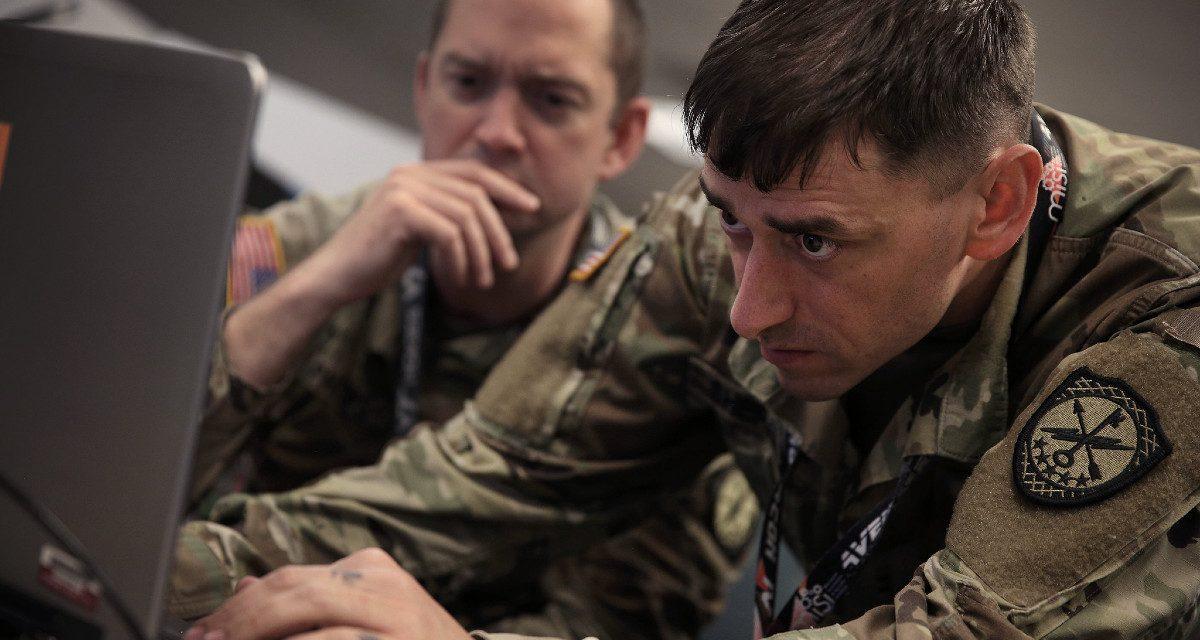

:quality(70)/cloudfront-us-east-1.images.arcpublishing.com/mco/YEUDBLETA5C7BJ7JR7525633UI.jpg)
:quality(70)/cloudfront-us-east-1.images.arcpublishing.com/mco/DH6IVQEWVZG23CUTHZREN7VLII.jpg)
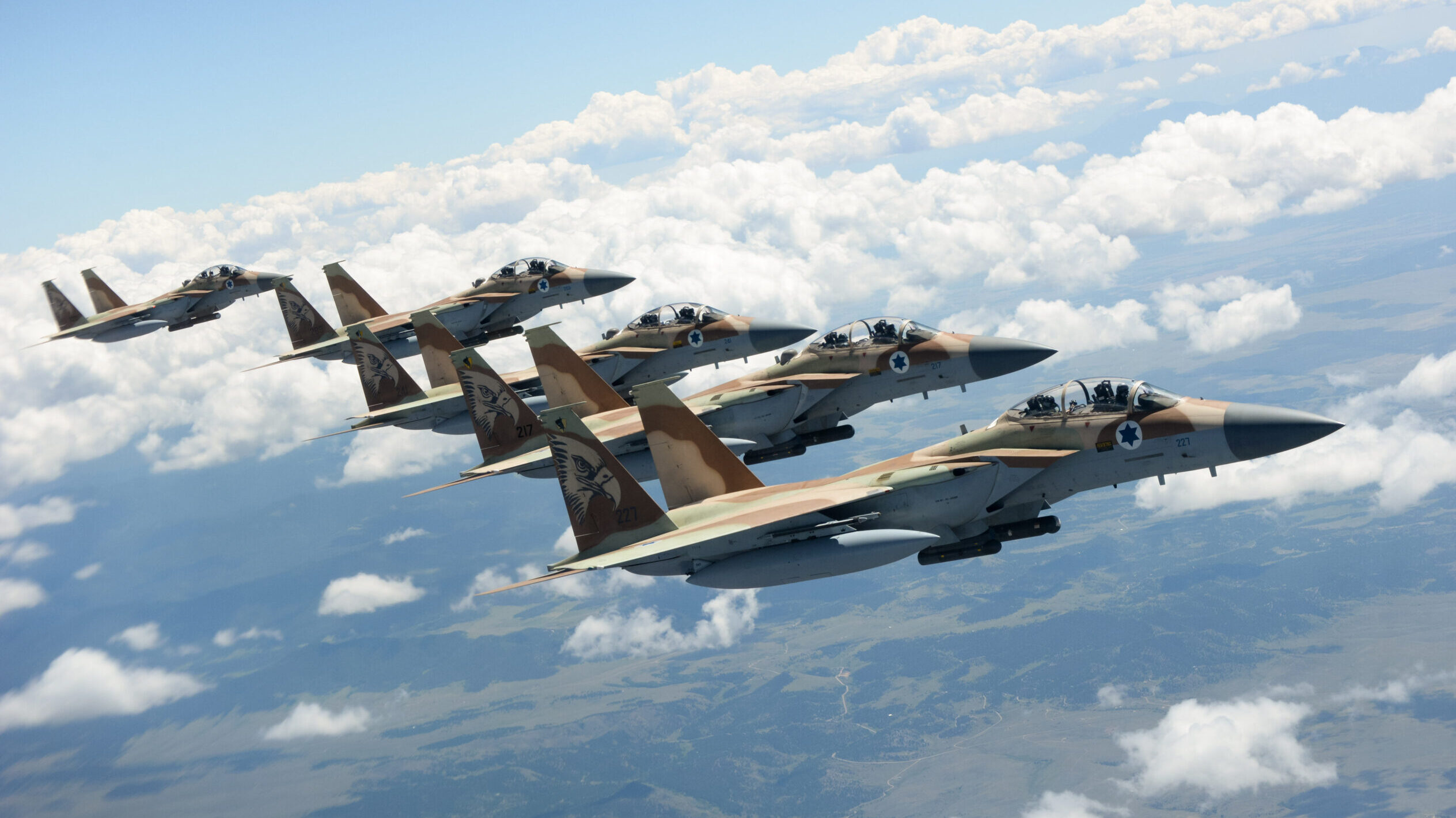


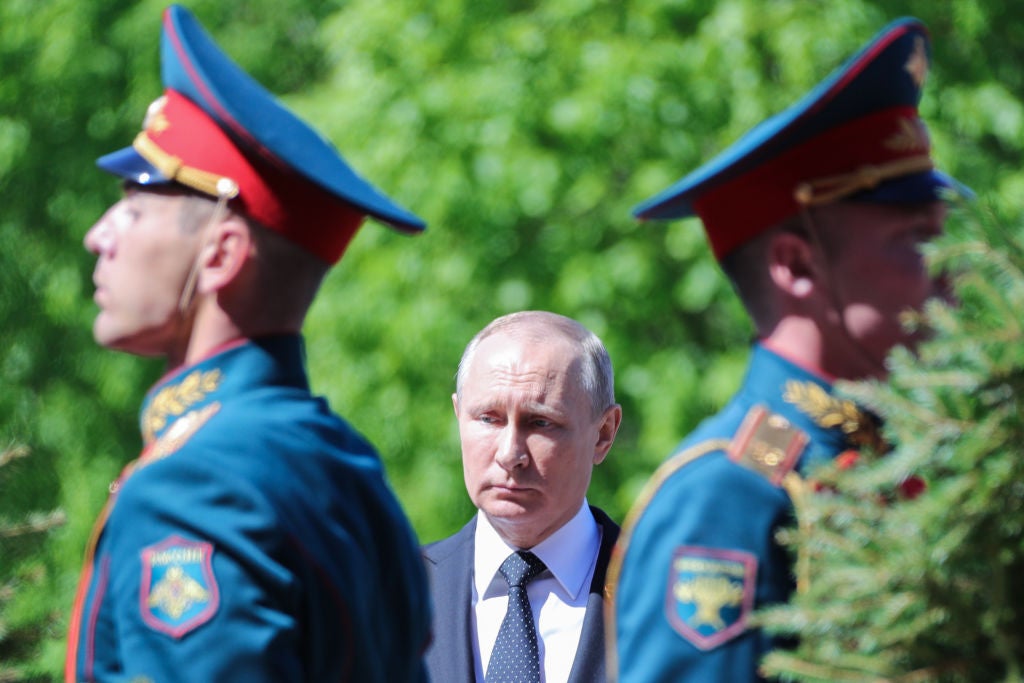
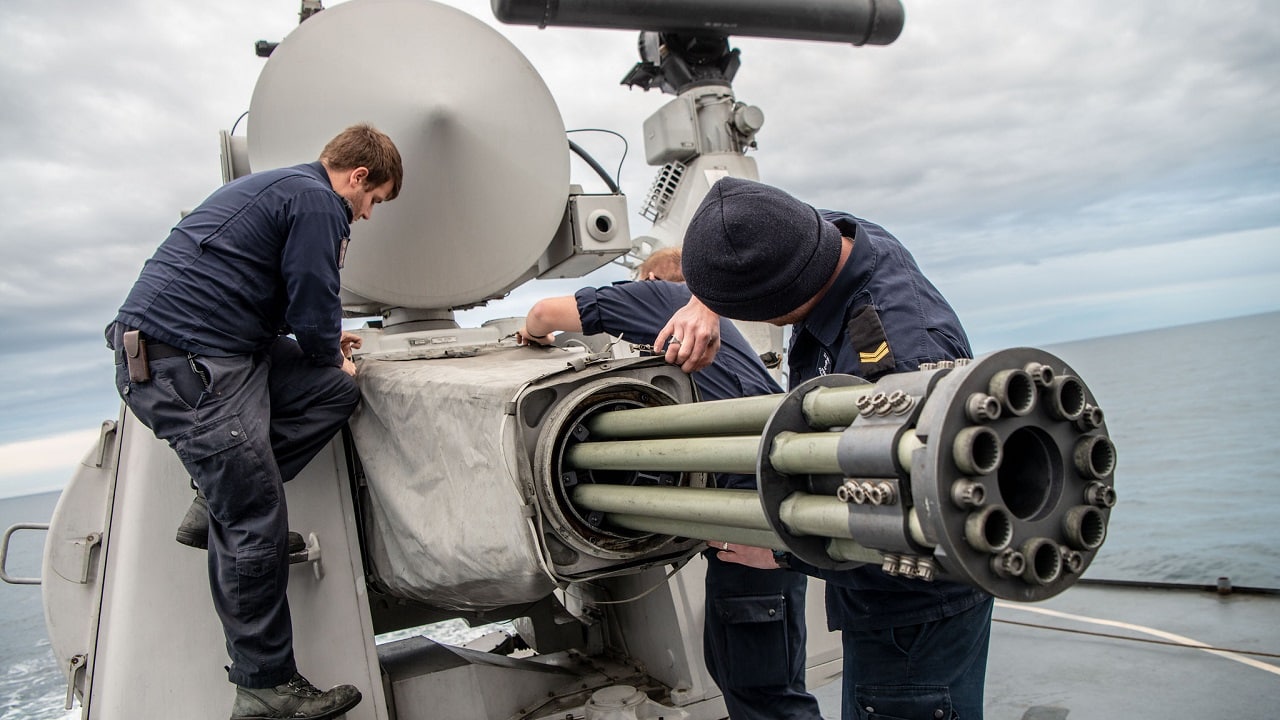




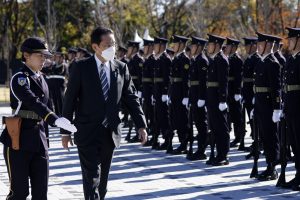
:quality(70)/cloudfront-eu-central-1.images.arcpublishing.com/thenational/UJHYTVJBK4Y5MTOMVS744JH2QA.jpg)
